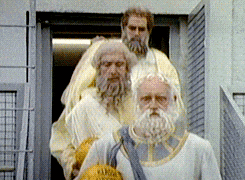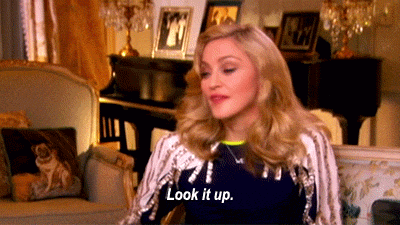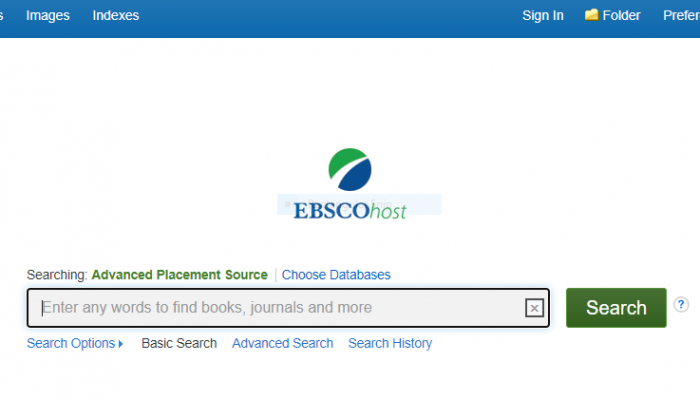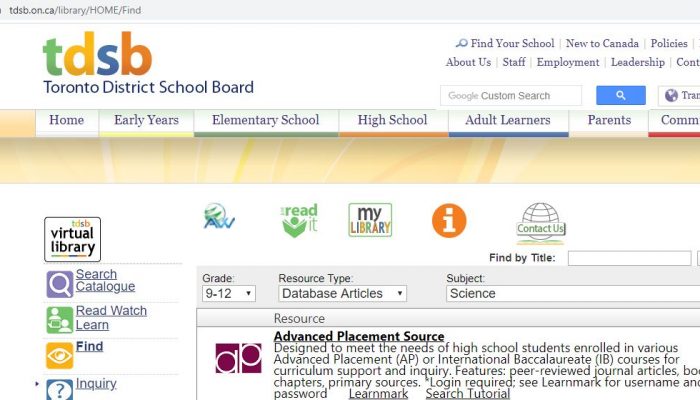Curated resources for classes in the Library today.
Welcome to the Library!
Period 1-CHW3M
Mr. Kosowan’s Ancient Civilization class will be in the library for an overview on places to go for history research and Chicago Citation.
We suggest you use the following resources when researching topics for this course:
The Library Catalogue allows you remote access to our print, digital and streaming resources from anywhere at any time.
In the Virtual Library, using the FIND feature, indicating Grades 9-12, check EBSCO’s History database.
To access these resources, you’ll simply need your TDSB log-in information.
Instead of just going to Google, you could also consult the following databases as well.
JSTOR provides students with a powerful and easy-to-use database for academic pursuit.
Fordham University has created an Internet Sourcebook that provides primary source documents different civilizations and eras across History.
A good website to look at is Ancient History Encyclopedia .
CITATION
Remember that you will need to use Chicago Style of Citation for your footnotes and bibliography.
You may need to refer to Laurier’s handy Chicago Style handout. The file can be found right here at Chicago Citation at Laurier.
If you need more examples to help you cite properly, you can consult a reputable site such as OWLPurdue .
Periods 2, 3 & 4
Today, we welcome Grade 9 math classes, who are coming to the Library to be introduced to Mathify.
Have you ever asked your Math Teacher a question and forgot what they said later on?
Have you ever wanted help with your math homework on a Thursday evening after dinner?
Have you ever wanted to use fun videos, simulations, games or tutorials to further your understanding of mathematical concepts?
Of course you have!
Offered by TVO’s Independent Learning Centre and the Ontario Ministry of Education, Mathify is free to all students in Ontario and is a great resource.
You can access a live tutor in the evenings as well as a large collection of digital resources to support your math education.
A lucky volunteer will be plucked from our studio audience today to show everyone how to register for Homework Help. If you registered in a previous year, you will simply have to activate your account.
There are two important links for you to use.
Link One
The first one is the OEN Lookup, this link will allow you to find your Ontario Education Number, which is required for Mathify Registration.
Link Two
The second link is for Mathify itself. Click on Free Registration, and you’re off to the races.
Good luck with Mathify and have fun.





















